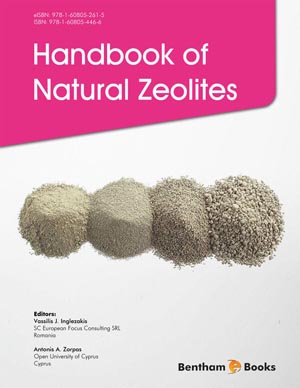Abstract
Microbes are omnipresent in nature, and have both beneficial and nonbeneficial activities for humans. In the system we live in is getting worse, due to microbes, that obviously end up in pandemic diseases like Covid-19. This chapter made an attempt to control pathogenic microorganisms either in the form of a spray or incorporated in disinfecting agents. Nanotechnology deals with the synthesis, characterization, and manipulation of metals at the nanoscale. The nanoparticles are precisely used due to their smaller size, physical properties, etc. which have shown a change in other materials that are in contact with these tiny particles. They are synthesized through various methods such as physical, chemical, and biological means. This study is aimed at the use of biological, eco-friendly, and green synthetic nanoparticles due to their less time consumption and ease. The visual observation was made with the color change indicated by the synthesized nanoparticles. They were further characterized by UV-Visible Spectrophotometer, XRD, EDAX, Zeta analysis, and FESEM. The size of nanoparticles was about 5.49 ± 2.10 nm. The synthesized nanoparticles showed significant results in control of S. aureus and P. aeruginosa with the zone of inhibition having a size of 16 mm and 18 mm, respectively. The green synthesized nanoparticles were based on the minimal inhibitory concentration and minimal bactericidal concentration.
Keywords: Bacillus Safensis, BSNPs, Covid-19, Cytotoxicity and Well Diffusion Assay, EDAX, MIC, MBC, SEM, UV-VIS Spectrophotometer.












